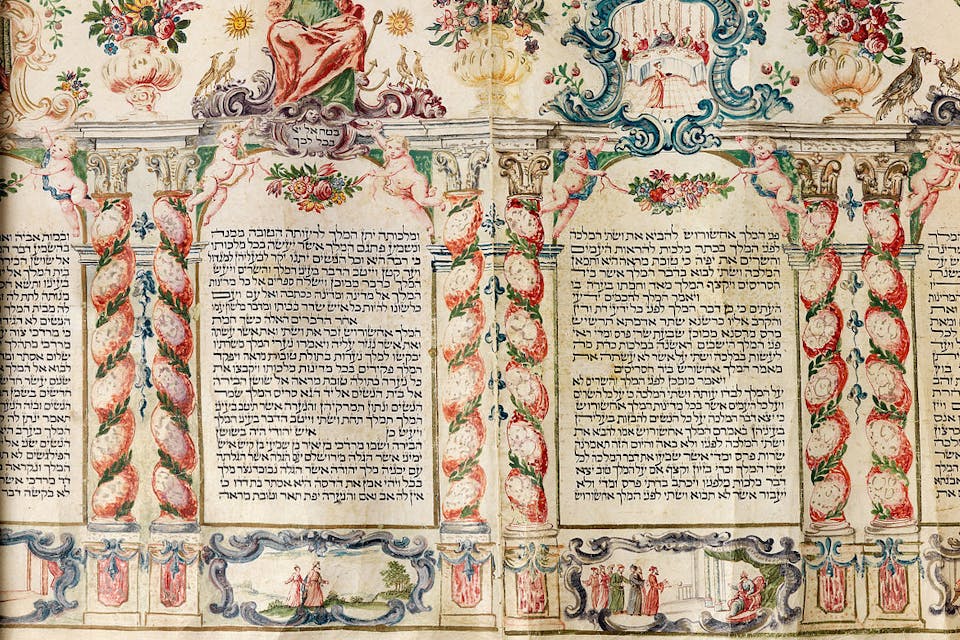
March 18, 2016
The Anxieties of Purim
By Atar HadariThe book of Esther and the festival of Purim mark the beginnings of the exilic world, in which the battle to remain Jewish never really goes away.
On Purim and all the days of Hanukkah, a curious piece of liturgy is added to both the blessing after meals and the thrice-daily silent prayer. The two festivals have in common that each is of entirely rabbinic invention and celebrates a miraculous deliverance from Gentile monarchy. There is a specific version for Hanukkah and a parallel one for Purim, but the two share the same opening lines, the first two words of which, al ha-nissim, give the prayer its name (I’ve used the Sephardi version here, but the wording in the Ashkenazi liturgy is nearly identical):
For the miracles and for the deliverance
And for the great deeds and the rescues
And for the wars, redemption, and release
You performed for our fathers
In those days and at this time.
That last phrase betrays a certain anxiety. By way of contrast, the binding of Isaac, a traumatic event by anyone’s calculation, is mentioned daily, and Abraham’s supreme act of devotion is noted as meriting divine favor, but without any felt need to draw the Almighty’s attention to the span of time separating the event and our cashing in the chit. What is Al ha-Nissim so anxious about? I suspect it stems from the fact that the victory described is not really past and the war isn’t really over.